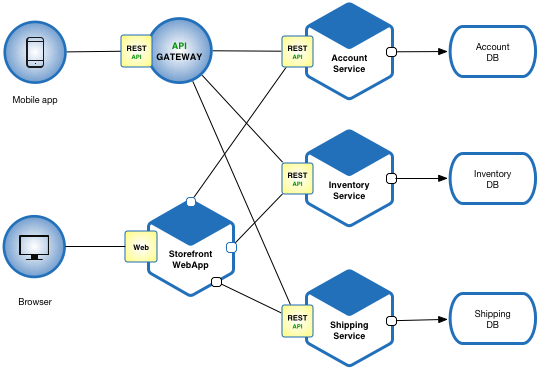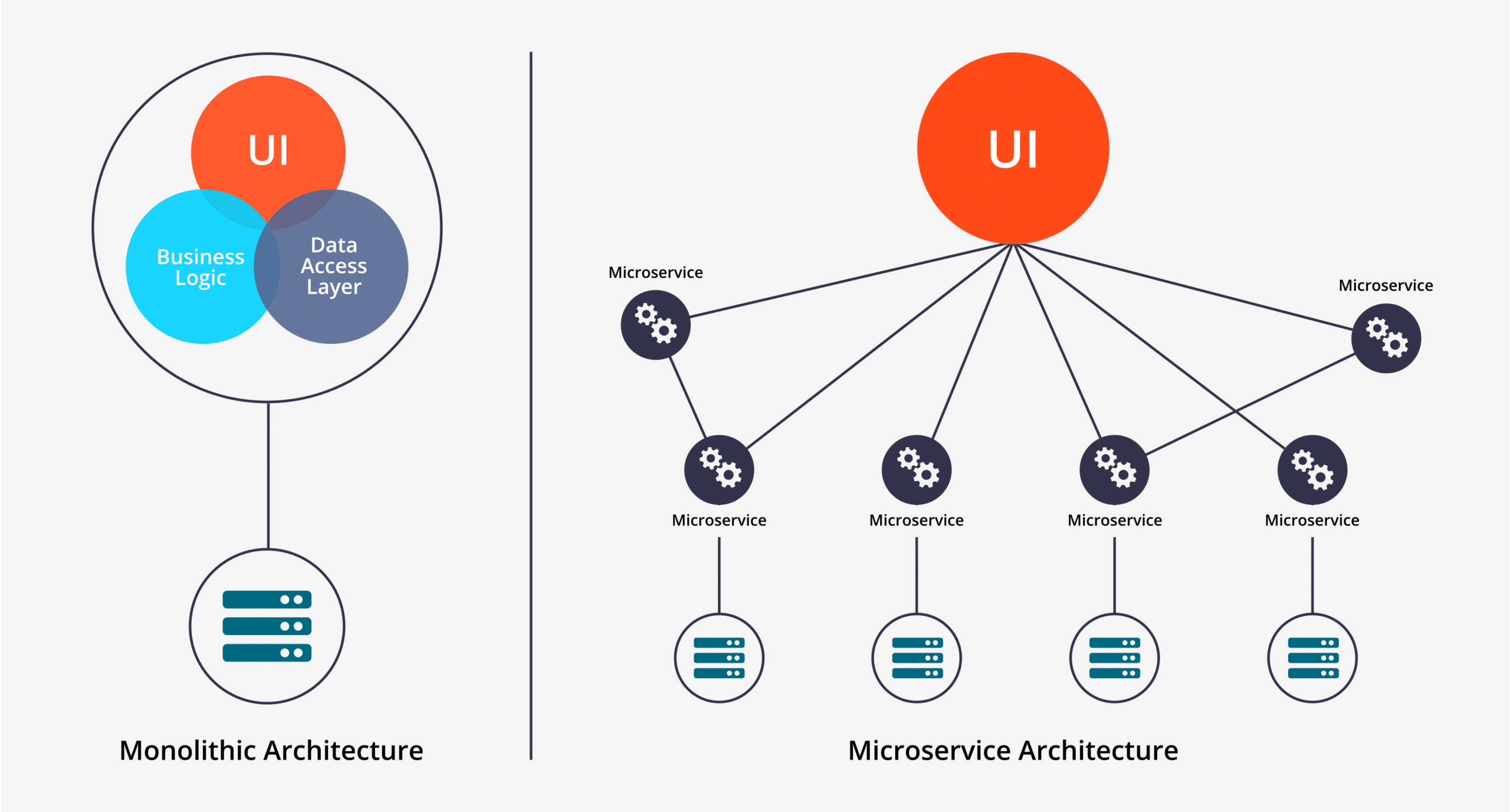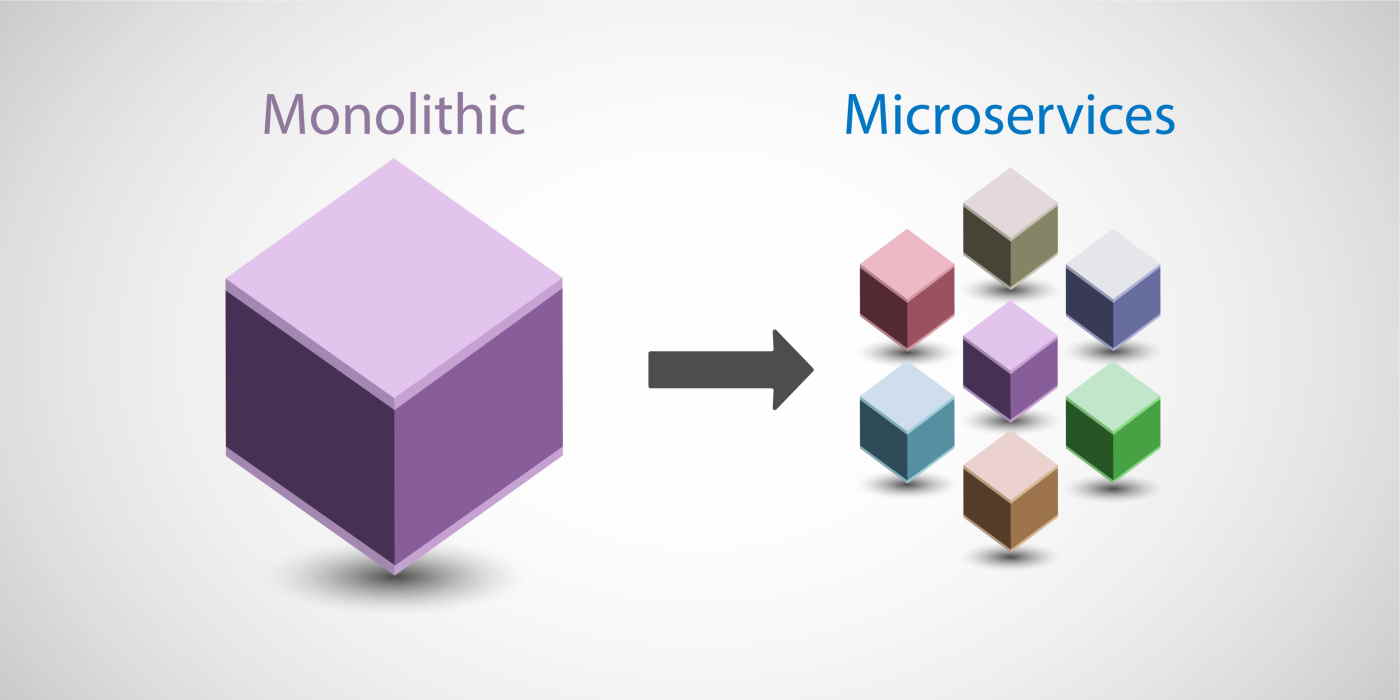Microservices have taken the software development world by storm over the past decade, especially with the rise of cloud computing and complex, high-demand applications. In contrast to monolithic architectures, which were once the standard, microservices offer a new approach to building, deploying, and scaling applications that addresses many of the challenges that come with large, monolithic systems.
1. Understanding Microservices

At its core, microservices architecture is an approach where a large application is divided into smaller, independent services. Each service is designed to handle a specific business function, runs in its own process, and can be deployed, scaled, and updated independently of the others. Think of a microservices-based application as a collection of loosely coupled services that work together to achieve a larger goal.
In this setup, each service:
- Focuses on a specific function (e.g., user management, order processing, inventory management).
- Communicates with other services through well-defined APIs, often using HTTP or messaging protocols.
- Is independently deployable and doesn’t require the entire system to be redeployed if a single service needs updates.
The idea is inspired by the principles of modularity and single responsibility, both of which are central tenets of good software design. Microservices make it easier to isolate parts of an application, which can simplify debugging, testing, and scaling.
2. What Is a Monolithic Architecture?

To understand how microservices are different, we need to start with the monolithic architecture that preceded them.
A monolithic application is a single, unified unit where all components are interconnected and share the same memory space. In a monolithic system, you’ll often find:
- A single codebase that holds all the functionality, from frontend interfaces to backend processing.
- Shared data sources and global libraries that all components of the application access.
- Tightly coupled components where changes to one part of the system can impact many others.
In a monolithic setup, the entire application is typically deployed as one unit. This makes development straightforward in some respects, as all components are in one place. However, as applications grow, monolithic architectures can become difficult to manage, test, and scale due to their tight interdependencies.
3. Key Differences Between Microservices and Monolithic Architectures
Microservices and monolithic architectures differ significantly in terms of structure, scalability, development process, and deployment. Here’s how they compare:
a. Structure and Modularity
- Monolithic Architecture: A single, unified codebase with all components interdependent. A change in one area can affect many others.
- Microservices: A collection of independent services, each with its own codebase and responsibility. Services interact through APIs but remain independent.
b. Deployment
- Monolithic: Deployed as a single unit. To update one feature, you must redeploy the entire application.
- Microservices: Each service can be deployed independently. This means you can update or scale a single service without impacting others.
c. Scalability
- Monolithic: Scaling often means duplicating the entire application on more servers. It’s less flexible since resources aren’t distributed based on demand.
- Microservices: Services can be scaled individually. For example, if an e-commerce application sees high demand in order processing, only the order-processing microservice can be scaled, optimizing resource use and cost.
d. Technology Stack Flexibility
- Monolithic: Generally limited to a single technology stack for simplicity.
- Microservices: Each service can use its own technology stack, allowing teams to choose the best tools for specific functions.
e. Development and Release Cycles
- Monolithic: Since all components are interdependent, even minor updates can require extensive testing, slowing down the release cycle.
- Microservices: Faster development and release cycles, as individual services can be developed and released independently.
f. Fault Isolation
- Monolithic: A fault in one component, such as a memory leak, can potentially bring down the entire application.
- Microservices: Since services are isolated, a fault in one service (like the payment gateway) does not necessarily affect others (like the catalog or user service).
4. Advantages of Microservices
Microservices architecture offers several benefits, especially for large and complex applications:

a. Enhanced Scalability
With microservices, each component can be scaled independently based on demand, optimizing resource use. This granularity in scaling can lead to cost savings, especially in cloud environments where you pay for only what you use.
b. Increased Agility and Faster Time-to-Market
Development teams can work on separate services concurrently, using different tools and technologies as needed. This makes it easier to adopt new technologies and to iterate quickly, enabling faster updates and new feature rollouts.
c. Fault Isolation and Resilience
If one service fails, it doesn’t bring down the entire system. This isolation makes microservices resilient, as developers can design fallback mechanisms to keep the application running even if some parts experience issues.
d. Flexibility in Technology Choices
Teams can choose the best tools for each specific service. For instance, a team can use Node.js for a high-performance data processing service while using Python for machine learning models.
e. Improved Developer Productivity
Since services are modular and smaller, it’s easier for developers to understand, work on, and maintain the codebase, which can enhance productivity and reduce cognitive load.
5. Challenges of Microservices
Despite their advantages, microservices also come with their own set of challenges:
a. Increased Complexity
Managing a large number of independent services, each with its own deployment, scaling, and monitoring needs, can introduce complexity. Coordinating communication and data consistency across services can be challenging.
b. Network Latency and Communication Overhead
With microservices, inter-service communication often happens over the network, which can lead to latency issues. If services are not designed carefully, the communication overhead can lead to performance bottlenecks.
c. Data Consistency Challenges
In a monolithic system, data consistency is often easier to manage. In microservices, each service might have its own database or data store, leading to challenges in keeping data consistent across services.
d. Debugging and Testing Complexity
With many services interacting across networks, identifying the source of an issue can become complex. Testing requires simulating interactions between services, which can be more complicated than testing a single monolithic application.
e. Operational Overhead
Microservices require an infrastructure that can handle containerization, orchestration (e.g., Kubernetes), and service discovery. Managing these aspects can lead to operational overhead.
6. When to Use Microservices vs. Monolithic Architectures

Choosing between microservices and a monolithic architecture largely depends on the needs and goals of the application:
Microservices are ideal for:
- Large and complex applications with high demand for scalability and resilience.
- Applications that require frequent updates and new features.
- Organizations with sufficient resources and expertise in managing distributed systems.
Monolithic architectures are ideal for:
- Small or relatively simple applications with limited functionality.
- Applications with low scalability requirements or limited resources for handling distributed infrastructure.
- Startups or projects where the speed of initial development is prioritized.
7. Conclusion
Both microservices and monolithic architectures have their strengths and weaknesses. Microservices enable flexibility, resilience, and scalability, making them an excellent choice for large, complex applications that demand frequent updates and high availability. However, they also introduce new complexities, especially in terms of management, debugging, and data consistency. Monolithic architectures, on the other hand, are often simpler to develop and maintain but can face limitations in scalability and resilience.
Ultimately, the decision to adopt microservices or stick with a monolithic architecture should align with the application’s size, complexity, and growth trajectory. As cloud infrastructure and DevOps practices continue to advance, the adoption of microservices will likely become even more widespread. However, the choice between these architectures should always be grounded in a careful evaluation of the specific needs and challenges of each application.
